Learn the Desert, Love the Desert: How Exploration Brings the Wild Close to the Heart
You're Too Old to Spend the Rest of Your Life on the Couch: Let's Adventure!
I lived my parents’ dream of spending time in the Arizona desert
Ever perused a copy of Arizona Highways?
For reasons I never understood until now, my parents had a love affair with the place. Like our great stacks of National Geographic magazines, imaginary journeys through this wonderful state of saguaro and chili peppers peppered my youth.
For as long as I can remember, my folks loved the Southwest, but not as much as they loved shelling beaches. So I grew up in Central Florida, with parents who dreamed of Arizona’s side-windy, dreamy highways and brilliant yellow cactus blooms.
Central Florida sports a great many cacti as well as rattlers, citrus and the iconic palm trees you see in Arizona. Just no shelling beaches.
What is now Arizona was in fact under a shallow sea several hundred million years ago during the Paleozoic area.
My parents’ timing was a little off.
The first time I ever came to Arizona it was as an adolescent. I saw snow, the OK Corral, and the Arizona-Sonora Desert Museum. Our family friends made sure I visited this wonder, which it most assuredly is even more so fifty years later.
Built as a model for presenting the desert and helping people appreciate its beauty and secrets, that now sprawling, gorgeous facility was barely thirteen years old when my host family took me through in 1965.
But I’m ahead of myself.
In early December, I had four days in Tucson for the first time in twenty-three years. Things can change a lot in nearly two-and-a-half decades.
With the capable assistance of VisitTucson.org, I had a chance to tour the Sonoran with Bob, one of the talented guides from Desert Ecology Tours, along with a few other travel writers who were eager to learn about this magical place.
Bob’s my age, circling seventy, and like me, a veteran. I sat shotgun on the way out to hear everything. He’s been living in the Tucson area for some fifty years, and his knowledge of the desert is encyclopedic.
The term to “sit shotgun” has its roots in the old West. The guy who sat next to the stagecoach driver carried the shotgun just in case there were bandits about. Another tidbit we picked up from Bob on our tour.
Bob looked the part, too, dressed in a classic brown waxed overcoat that had the look and wear of years of love, but moved like heavy drapes. Almost as old as our guide, that kind of coat works for all weather and is an Outback staple in Australia as well as Arizona.
The coat protects against the cactus spines, and is a key part of your garb out here unless you travel with tweezers in your pocket.
Getting out of Tucson takes a while, as urban sprawl has expanded. Still, in no time we turned into the entrance of White Stallion Dude Ranch, where Bob began our education about the Sonoran Desert in earnest.
As we drove slowly over the dusty clay roads, he explained the centuries-long, complex relationships of plants, animals and people. We learned about the uses of the prickly pear cactus for antibiotics and wasp stings, and many of the different plants and potions that the indigenous peoples have used for centuries. Which plants can poison, which can heal, which can be eaten.
Listening to Bob you begin to understand why Tucson has had a unique gustatory history going back five thousand years. The desert has provided flavors and variety all the way back, and subsequent peoples have built on that local knowledge.
At once, the desert came alive in ways that uneducated eyes can’t perceive. Where once we just saw cactus, we saw meals and medicine. Where once we saw a dead saguaro, we saw an apartment complex for the Arizona state bird, the cactus wren, the owls which hunt the desert denizens at night.
We spotted burrows for tiny mammals and could imagine their furtive movements as the sun began to set.
The desert’s stories were unfolding before us as Bob spoke.

We learned that mesquite beans and their pods can be ground into sweet flour, and that flour is used in cookies (we found some of those too, but not in the desert).
Almost on cue, a herd of white-tailed deer sauntered through, just as the sun began to dip. Coyotes and big cats hunt them here. The brush around us was alive with small birds as violet twilight rose.
We learned that baby saguaro, that iconic cactus which can live several hundred years, are protected both by law and by the mesquite. The mesquite plays the role of guardian, but the saguaro’s considerable root system can ultimately kill the mother tree by hogging the water supply.
Bob parked at a turnout, and our small group wandered off in all directions. The gift of a well-trained and enthusiastic guide is that you never see the desert the same way again.
In November 2022, I did a nine-day horseback ride in the Atacama Desert, a place where what little water remains is so salty it can nearly kill living things. Places there haven’t seen rain for centuries. Yet that desert, the driest place on earth, still teems with life.
While the wildlife here in Arizona is different, learning about what lives in the Sonoran Desert allowed us to ponder how even such arid places as the Atacama or the Sahara can sustain considerable populations of plants and creatures.
The deserts around Tucson are, as Bob explained, the “wettest deserts on earth.” That’s hard to imagine looking at the sand, the dry rocks and the cactus. But with Bob’s patient teaching, we came to see just how lush it really was.
Above: a selection of the variety to be found in the Sonoran desert.
Before we left the desert and returned to civilization, Bob allowed us a comfort break. By the time my friends and I returned to the Jeep, he’d introduced a friend to our group, a lovely snake which wound around our hands and arms. This was a desert king snake, a constrictor whose diet consists of rodents and small rattlesnakes.
The snake curled around my hands and promptly began to burrow into my sleeve.
As a Floridian who grew up with a big brother, I’m used to having creepy-crawlies down my shirt, so this non-venomous reptile was welcome to find a warmer spot on my person. She didn’t want to relinquish it either, but with some kind coaxing she went back to her handler. After each of us had a chance to gently handle her, Bob took us back to the JW Marriott Star Pass.
The great benefit of having taken the Trail Dust Off Road tour before spending a few blissful hours at the Arizona - Sonora Desert Museum is that by now, we all felt like experts.
Okay, not experts, but at least our eyes had been opened, and we could better appreciate our surroundings.
Isn’t that the whole point? For people who enjoy getting out in Nature, part of the fun is understanding what you’re observing, and appreciating how we are part of all of that wonder. Even better, that knowledge invites us to become involved in some way in helping preserve it.
To that, then, the magnificent, one-of-a-kind Arizona-Sonora Desert Museum.
In 1965 when my host family first brought me here, it was already a fine place for a kid to explore all kinds of desert mysteries. I have fond memories of our walk-through decades ago.
Since then, the museum has continued to expand, becoming the top tourist attraction in Tucson. Here fully 85% of your museum experience is outdoors.
This facility, built during a time when there were little more than roadside snake stands on the clay roads, has grown into one of the finest of its kind in the world.
From wandering the path to and through a hummingbird enclosure to an open pool where kids can stroke stingrays, there are untold opportunities to engage with and learn about Nature.
Perhaps my greatest pleasure was having recently come from a desert tour, and able to recognize many of the cactus displayed. There are a staggering 56,000 different plants to see here, and woven throughout, 4892 specimens of 242 animal species.
There are plenty of volunteers and trained staff who can help you find your way (I repeatedly got happily lost ), and generous signage to help you appreciate the living, breathing, extraordinary desert that surrounds Tucson and beyond.
If all you have to sight-see in Tucson is one day, one or both of these experiences will give you a deep appreciation for the variety and beauty of what can seem, at a distance, a scorched land.
Hardly. From “there’s nothing to see here” to “there’s nowhere near enough time to see everything here,” these two outings transform your Tucson vacation.
And one more thing. After these two educational experiences, I spent a day riding the desert around Tanque Verde Dude Ranch. I took great pleasure in recognizing plants, cacti, animals, burrows.
In other words, I was right at home. The desert felt like a friend.
If you find yourself in Tucson, please consider researching your options at VisitTucson.org. Whether you’re a tiny kid or still a kid at heart in love with the outdoors, a desert tour and/or a visit to the Arizona-Sonoma Desert Museum will leave you with a profound appreciation for the American Southwest.
Let’s play.
I love sharing wonderful places with all kinds of options to be immersed in our world. I hope this piece pleased you and you consider exploring…especially to a few of these marvelous places. If this kind of article intrigues you please consider
If you have people in your life who could use a little get out and get going inspiration, please also consider
Either way, please get out into this amazing world. It’s changing fast.





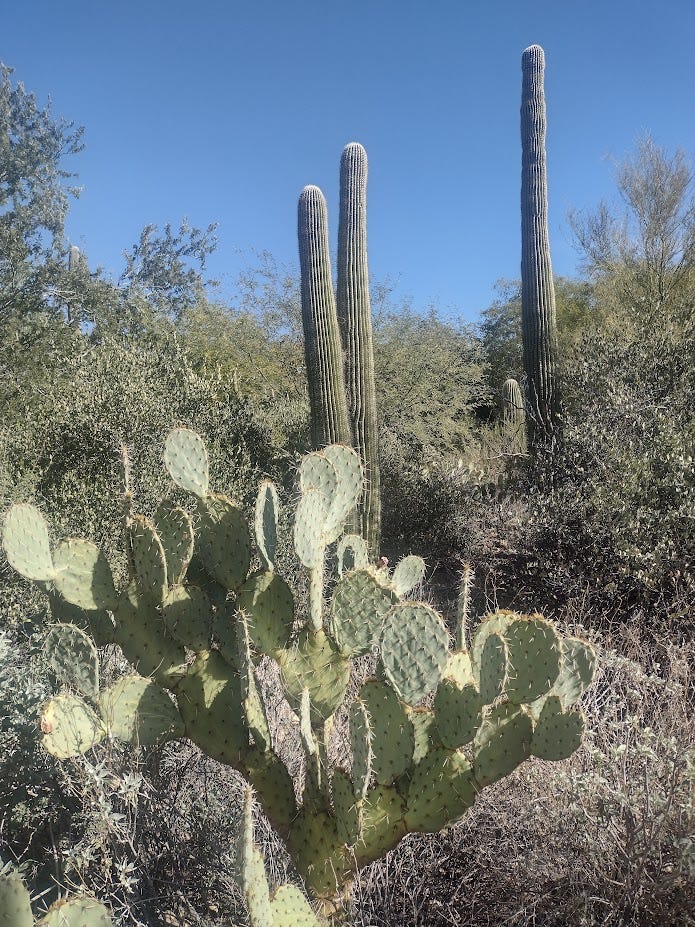
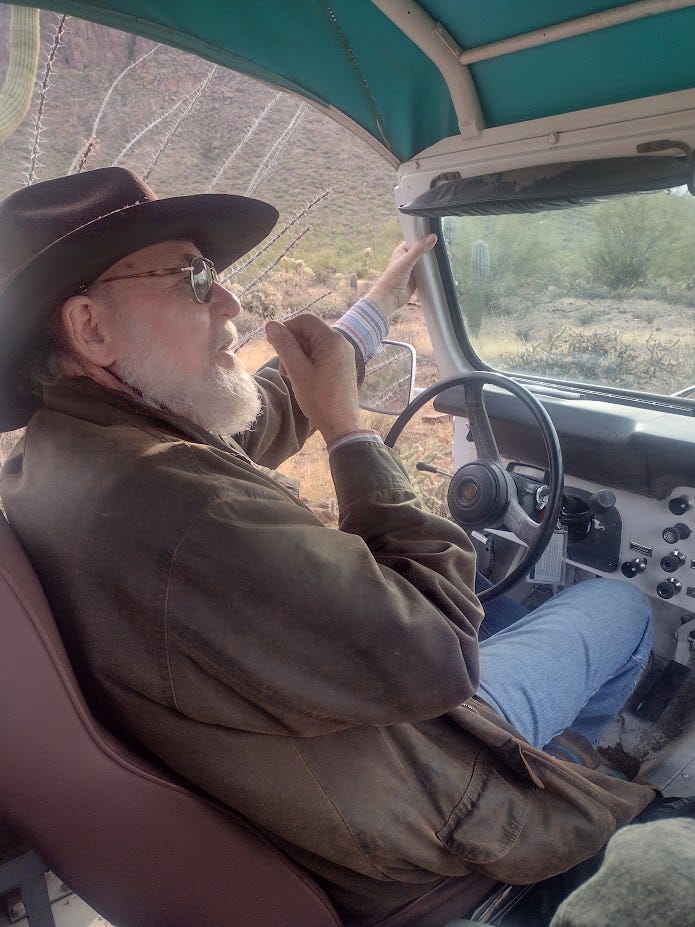

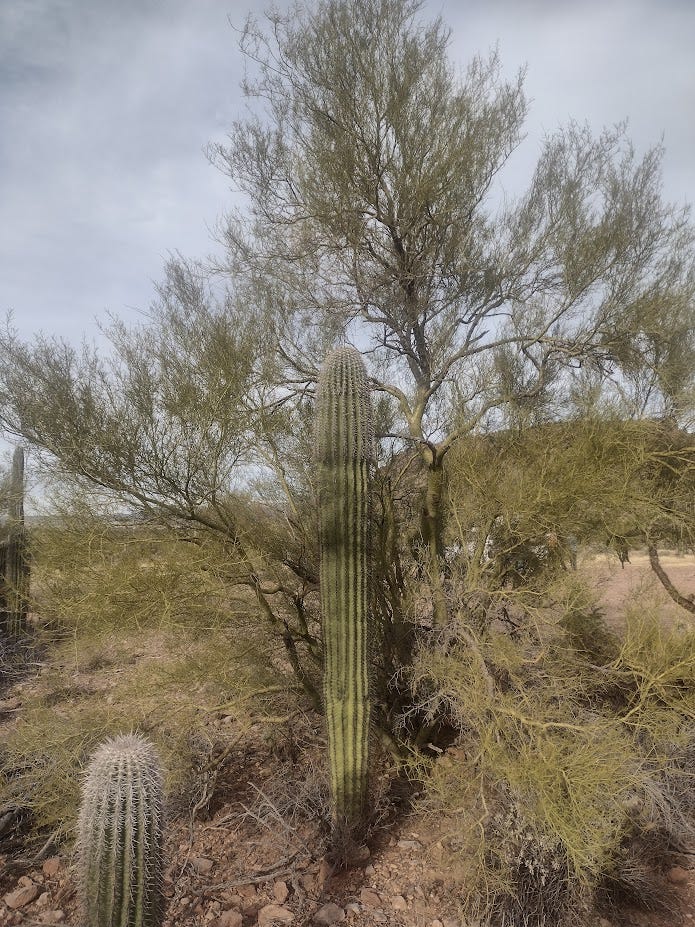
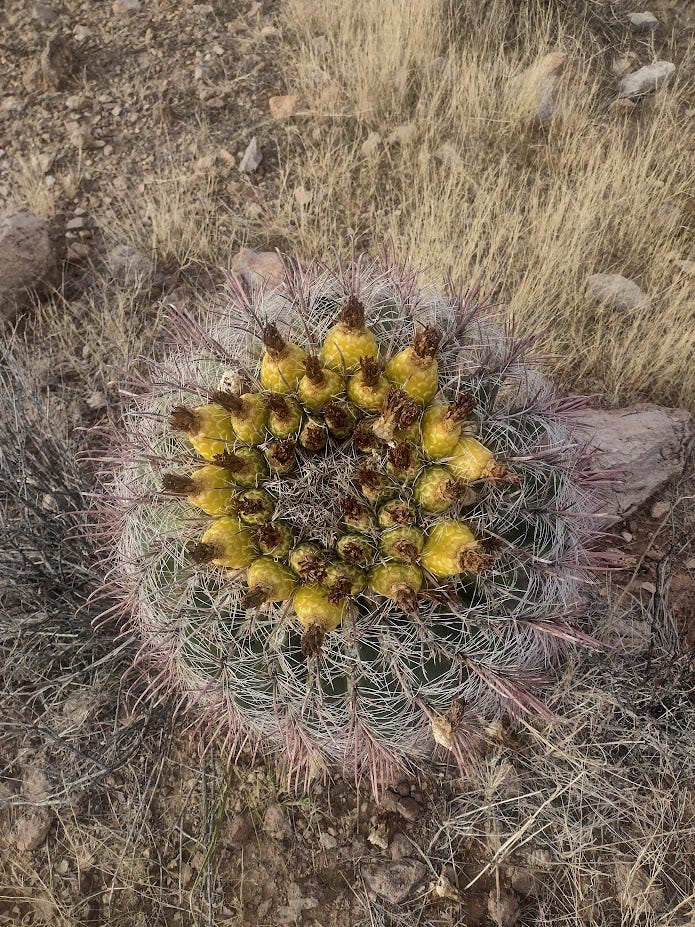
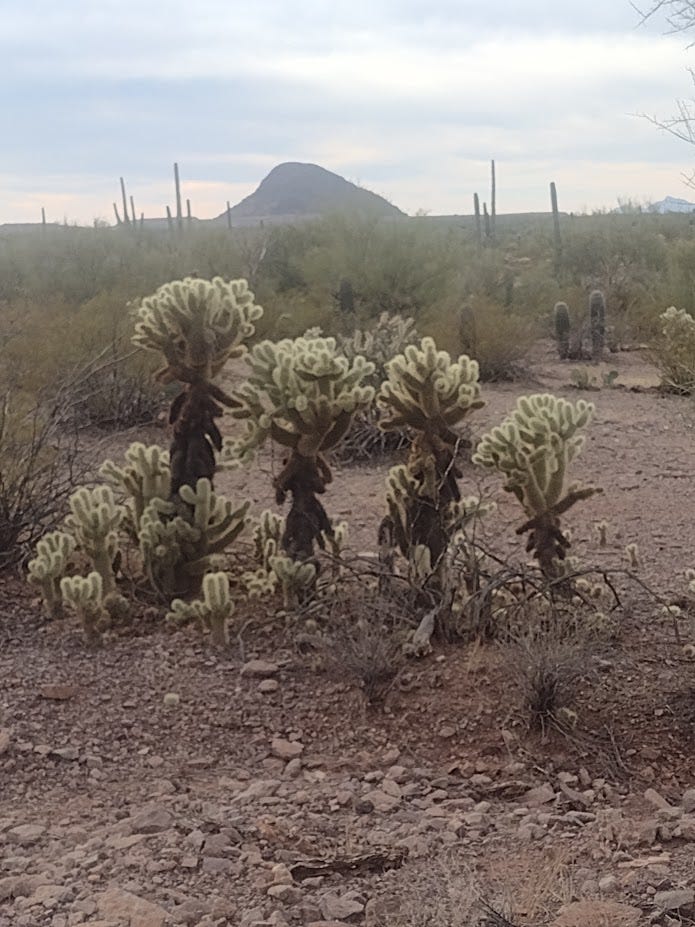
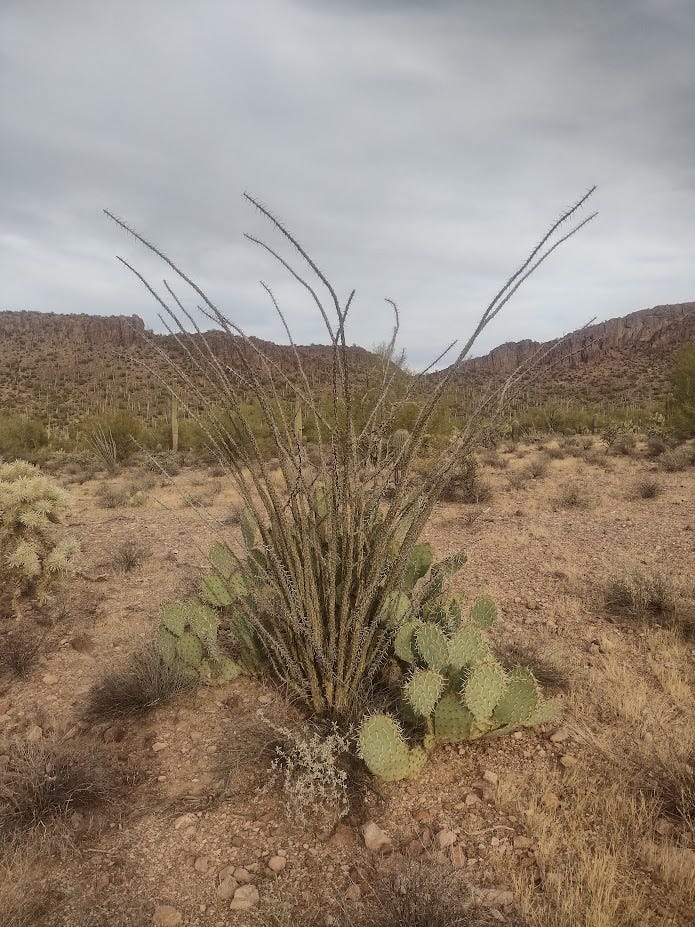
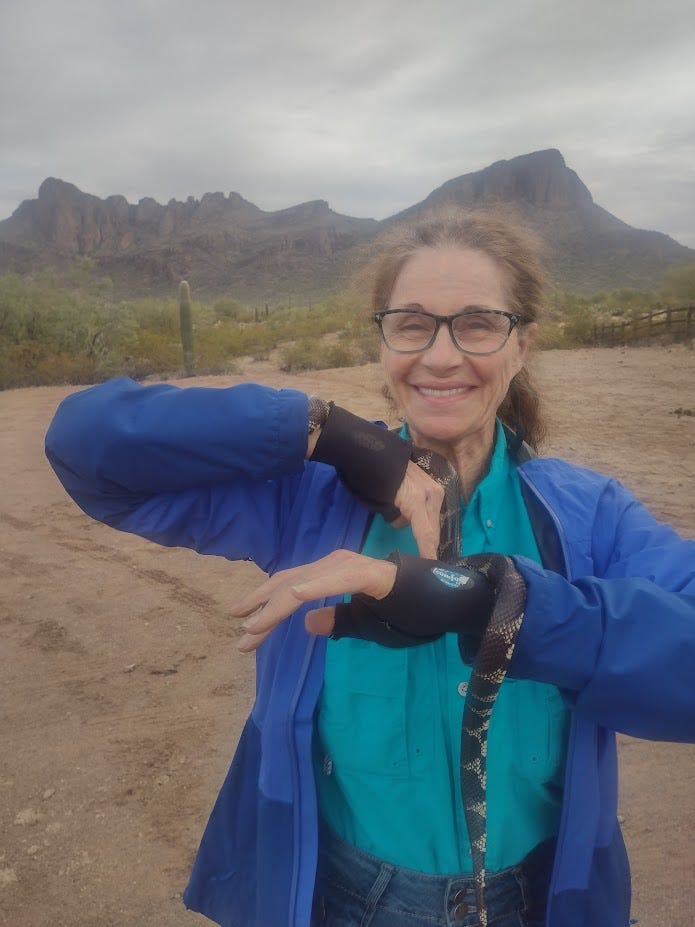
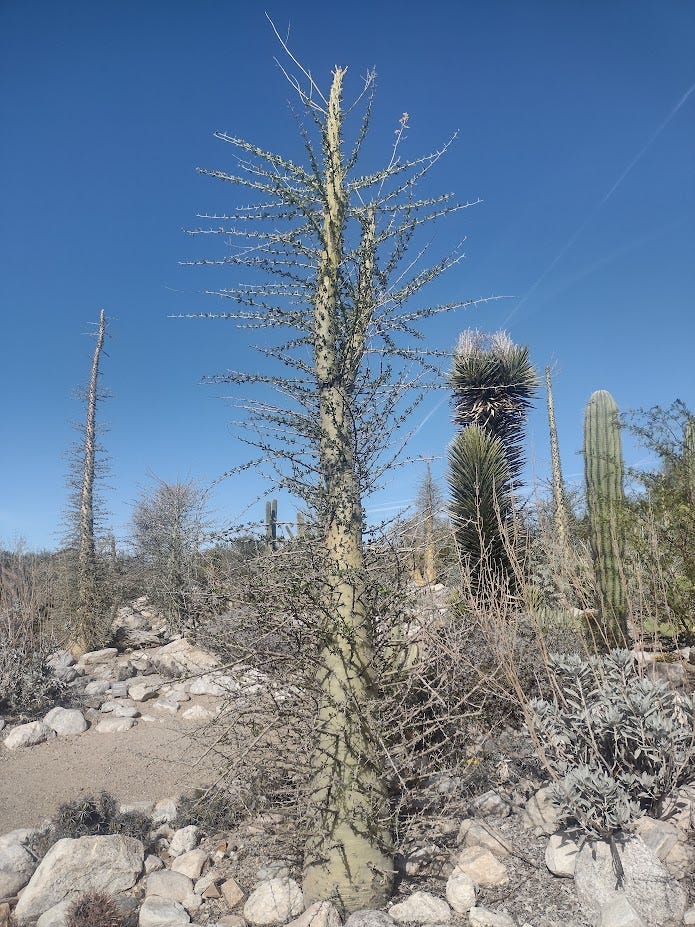
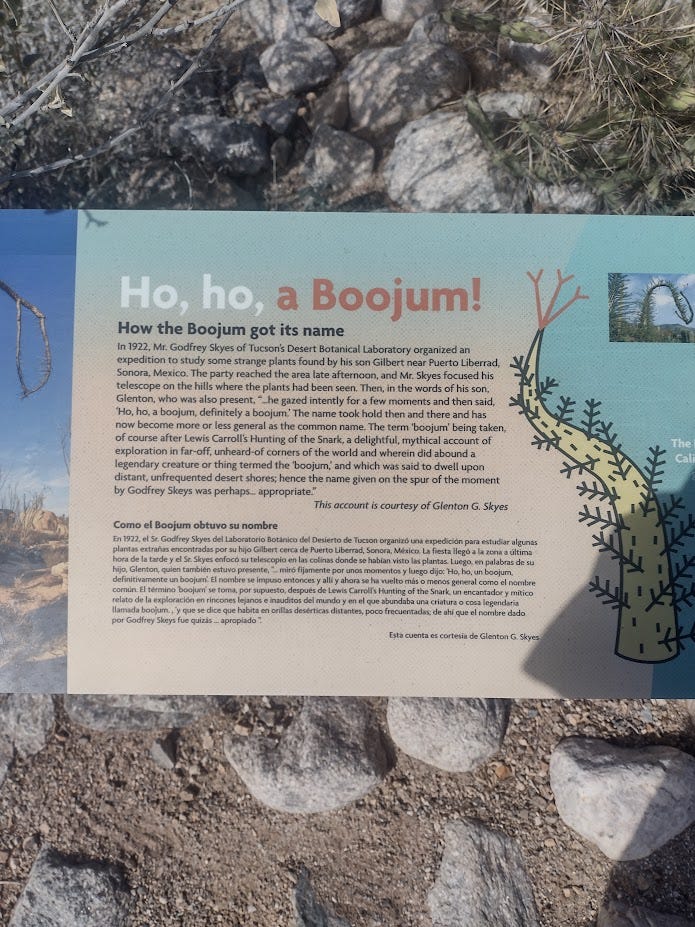
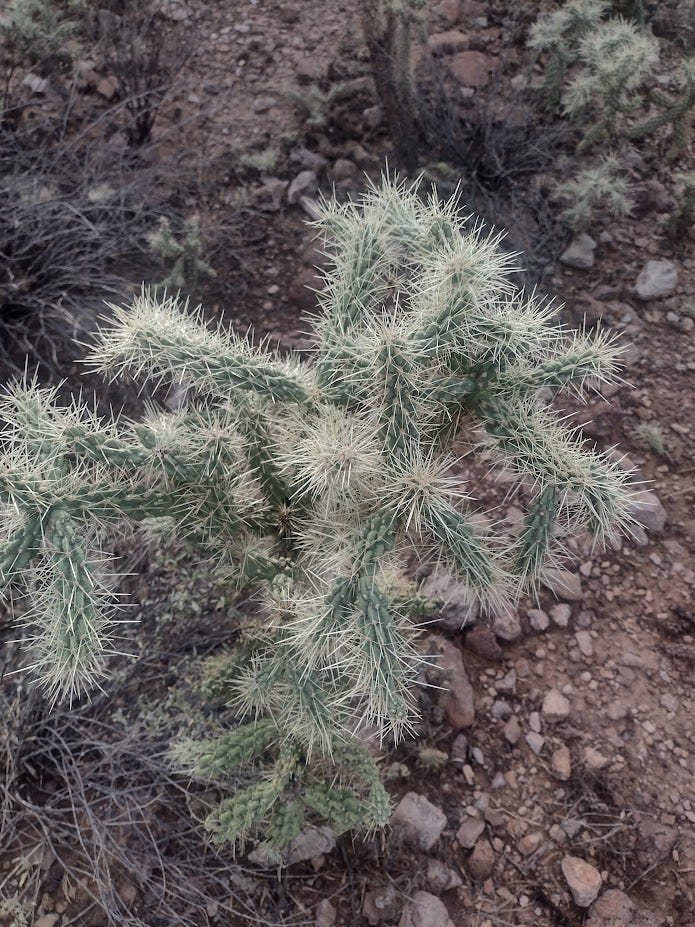
My favorite part of the world. Thanks for the visit, Julia.
Now I'm really jonesing for a winter getaway to Tucson!